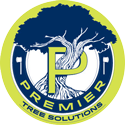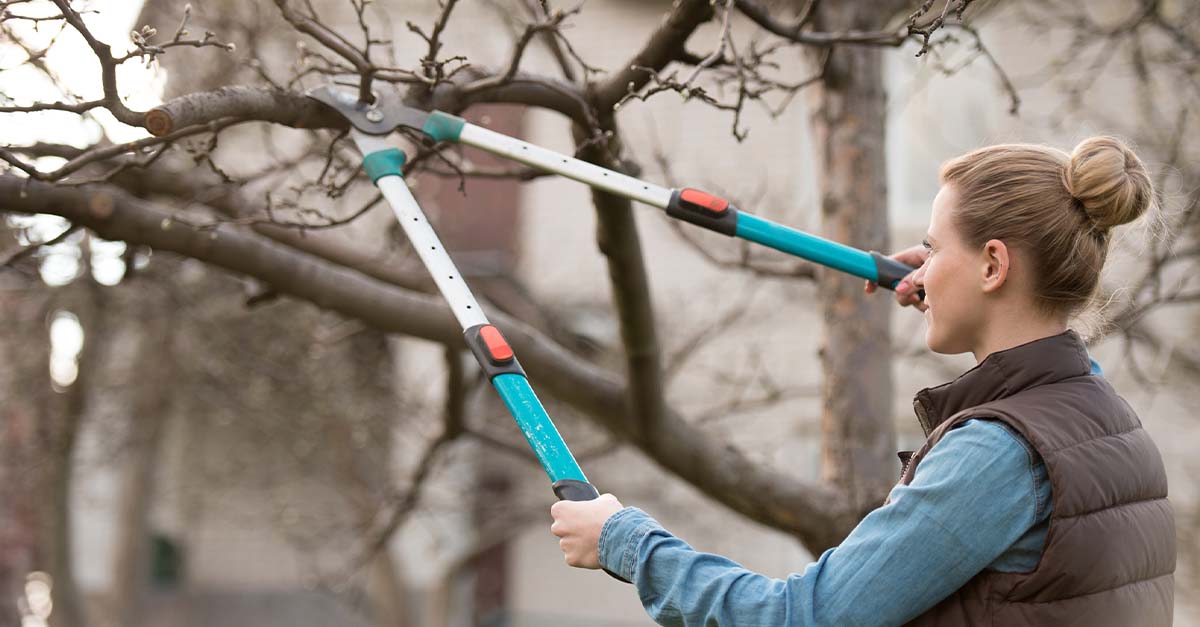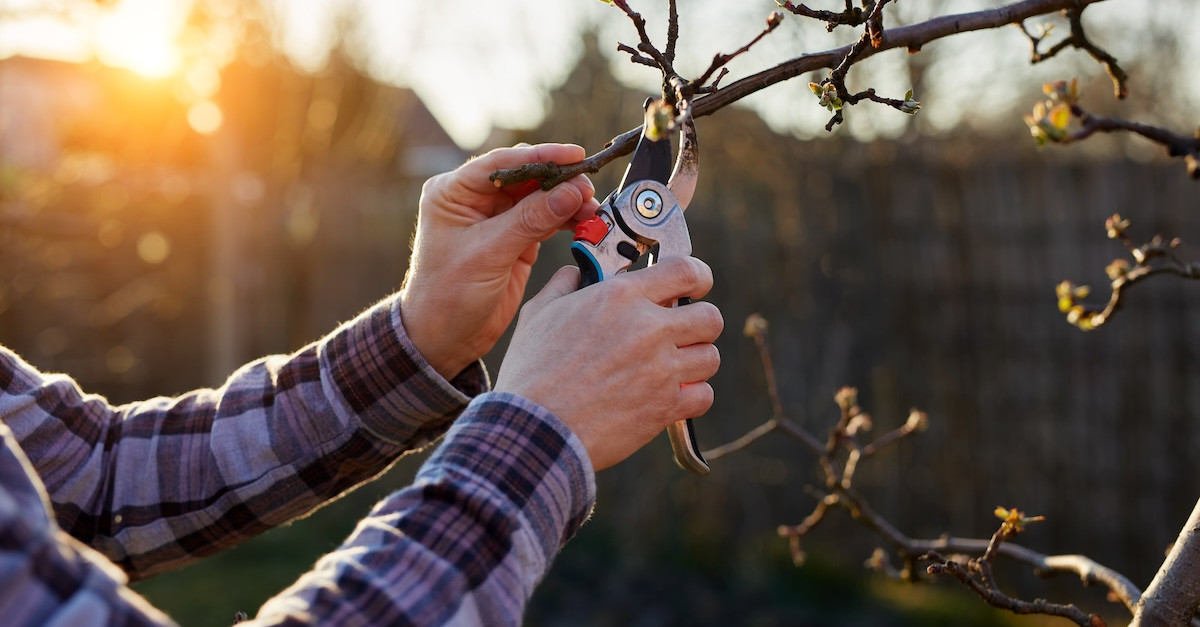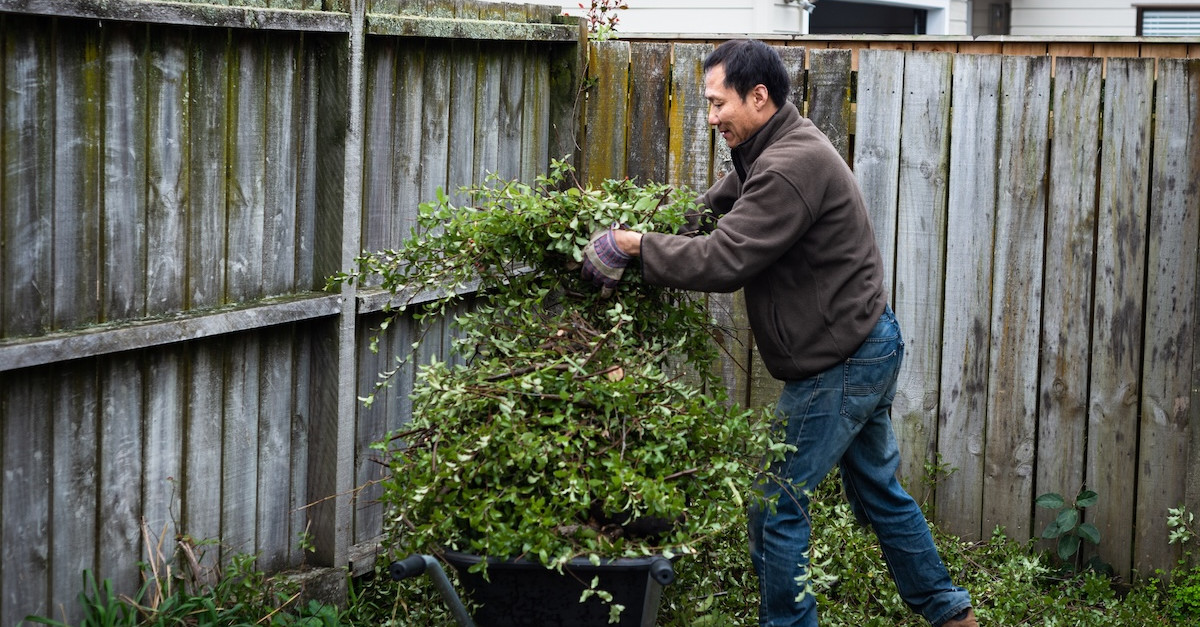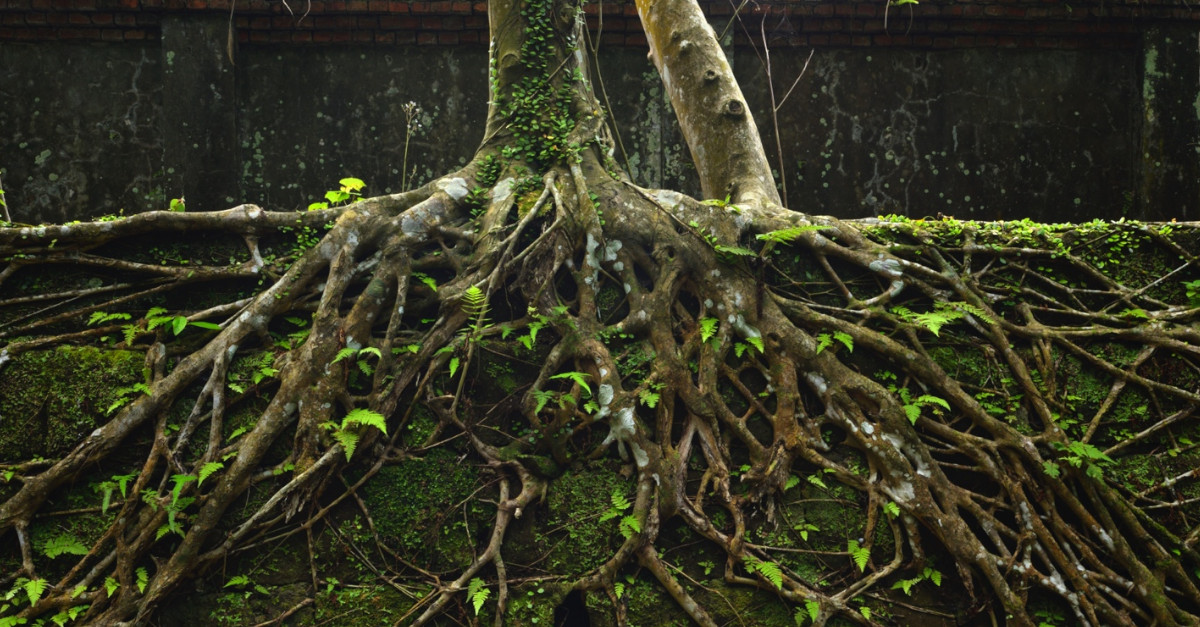How Not To Damage Your Trees with Pruning this Fall
Although tree pruning can take place throughout the year, you’ll be going out on a limb if you attempt to prune a tree in the fall. While it’s not ideal, there are exceptions to the rule. Before breaking out the pruning tools this autumn, consider the following advice from the experts at Premier Tree Solutions.
Why Fall Pruning Isn’t Ideal
Fall pruning can confuse a tree and slow its dormancy process. During autumn months, trees pull energy into their roots for the winter, and pruning can cause trees to redirect that energy toward healing or growth. Any new growth in the fall won’t have time to harden before the frost of winter. This puts a tree at risk of cold damage. Additionally, according to the Arbor Day Foundation, decay fungi spread their spores in the fall, and pruning cuts make trees more vulnerable to infection.
Why Prune Trees in the Fall, If at All?
While the best time to prune trees in Georgia is between late winter and early spring, there are cases when fall tree pruning is acceptable. If limbs are damaged, diseased, or dead, they should be removed as soon as possible. The same goes for any branches that are hazardous and pose a safety risk. For example, if you see a branch hanging over a structure or a power line, immediately seek professional removal.
If your goal is to improve a tree’s appearance or structure, or accentuate its best features, it’s OK to trim back a few small branches in the fall. However, stay away from heavy cuts and wait until late in the season after the leaves have completely dropped.
Other reasons for pruning include improving the overall health of the tree; controlling or directing new growth; preventing the spread of disease; boosting air circulation and allowing light to shine through; correcting weak or narrow crotches in the tree; and resolving cross branching.
When it comes to fall tree pruning in Georgia, your geographic location can make a difference. Since North Georgia can experience frost and freezing temperatures in the winter, residents in this area should skip pruning trees in the fall unless necessary. South Georgia has milder winters, so minimal pruning, such as minor cleanup, is less risky.
Call a Professional for Fall Tree Pruning
If you’re considering pruning a tree this fall, your best bet is to consult Premier Tree Solutions for professional assistance. We offer pruning services, including hand pruning. Our experts know how to prune trees in fall and can provide the appropriate solution no matter the time of year. If you have questions regarding tree pruning, call Premier Tree at 404-252-6448 or schedule a complimentary assessment online.
